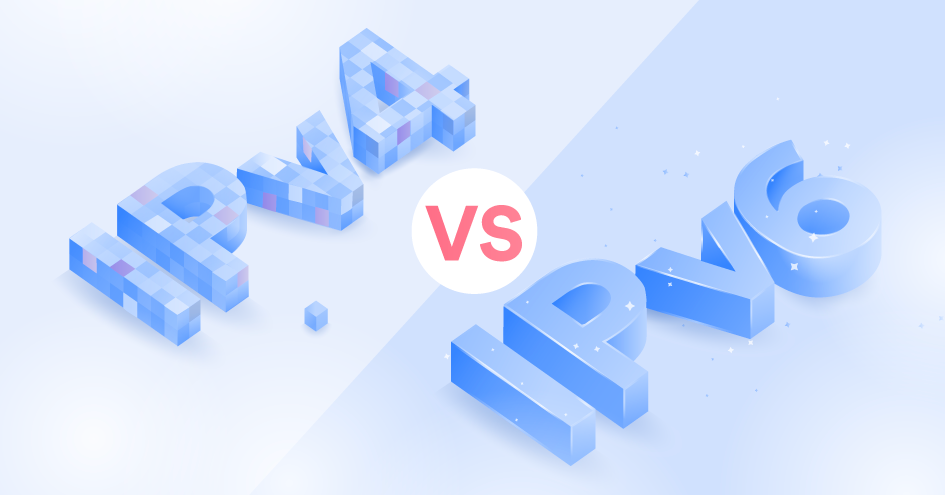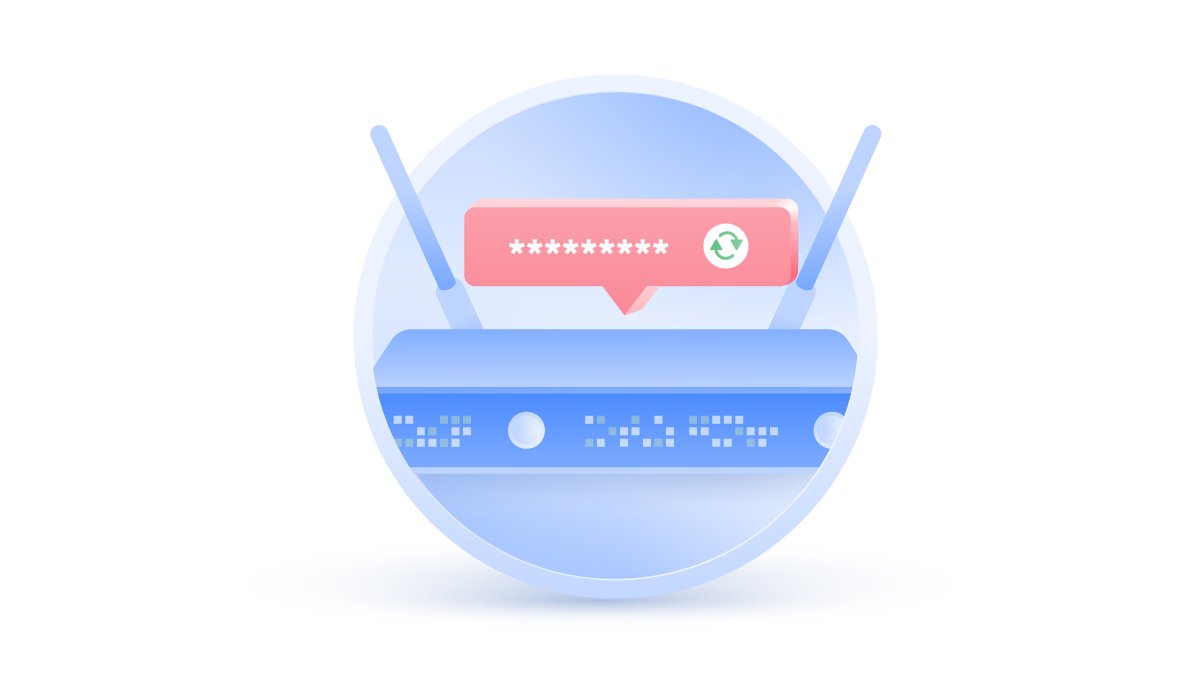Remember sending letters? If you wanted to use the postal service, you had to write down a name and address on an envelope, according to the rules. You had to use an certain amount of stamps and drop the letter into a letter box. Then there were even more regulations governing how the postal workers handled your mail.
There are no stamps on the internet, but there are rules. And your apps and devices have to follow these rules in order to send and receive information. This is called the TCP/IP model.
What is TCP/IP?
TCP/IP is a network protocol suite that defines the requirements for safe and efficient data transfer online.
Let’s start by finding a TCP/IP definition. The TCP/IP model is responsible for transferring data between two devices. Why only two? Well, unlike radio, internet data isn’t just broadcast to whoever is listening. Even when it appears that hundreds of computers are actively sharing data between them, there are only two devices in every given data exchange.
TCP/IP was established as a protocol standard in 1983. It contains four or five layers, replacing a seven-layer OSI model. These layers describe the behaviors of apps and devices for every stage of the data transfer, from leaving the network of origin to reaching the destination network.
What’s the difference between TCP and IP?
TCP/IP includes many computer network protocols. TCP and IP are just two of them.
What does TCP stand for? It’s short for Transmission Control Protocol, and is responsible for data delivery from one device to the other. IP stands for Internet Protocol. This protocol is tasked with finding the destination IP address.
In the process of data transfer, each has its own task but both work towards the same end result.
TCP/IP: the four layers
TCP/IP is a set of communication rules, also referred to as a suite of protocols. Its four layers are the specific conditions those rules or protocols apply to. This system is how the TCP/IP model ensures that different devices and apps can “communicate” and transfer data efficiently.
Application layer
The top layer includes the application layer protocols. It’s the easiest layer for users to interact with since these protocols are built into their apps (hence the name). Mail programs have SMPT, or Simple Mail Transfer Protocol, Internet browsers use HTTP, or Hypertext Transfer Protocol, and so on. Other common application layer protocols include FTP (File Transfer Protocol), DHCP ( Dynamic host Configuration protocol, and SNMP ( Simple Network Management Protocol).
Transport layer
As you might’ve guessed, the transport layer takes care of the transport. It includes TCP as well as UDP (User Datagram Protocol). UDP is simpler than TCP, and is commonly used by real-time applications that don’t need to be as secure as other kinds of data.
TCP establishes the connection between the two networks and chops up the data into smaller pieces (packets) for efficiency. TCP also adds the assembly rules to each packet so the data can be put back together in the correct order after the transfer is complete.
Internet layer
Internet layer protocols include IP as well as ARP (Address Resolution Protocol), IGMP (Internet Group Management Protocol), and ICMP (Internet Control Message Protocol). The Internet layer manages the movement of data packets between the networks.
Datalink layer
This is the deepest layer of data transfer, which can also be called the network interface layer. The job of this layer is to make sure that data not only arrives at the intended IP address (i.e. the router), but also the correct device within that network (i.e. your phone, which is connected to said router). This involves identifying the MAC address of the intended device, and managing data transfer through the Ethernet cables and Wi-Fi.
TCP and IP addresses
There are various different types of IP addresses. An IP address can be public or private, and static or dynamic. So does TCP/IP work with all types of IP address? Yes! Whatever internet protocol your machine happens to use, it will still work as part of the TCP/IP data transfer process.
By far the easiest way to find your TCP/IP address is to google “What’s my IP address”. However, it won’t work if you are trying to find the IP address of a specific device within your network.
To find the IP of a device, like a network printer, try going to your Network Settings and looking for IPv4. Unfortunately, these are not universal instructions because every operating system has its own layout.
Secure your data with NordVPN
One important thing to note is that TCP/IP is never private. Companies can collect, identify, and track IP addresses that go through their servers. And remember, every time you go online your internet service provider (ISP) can see what you’re doing and can sell your private browsing history to third-party advertisers.
One way to avoid that is by using a VPN. While TCP/IP protocols do their thing, NordVPN will encrypt and reroute your traffic through a VPN server. So while you continue to browse safely, your ISP won’t be able to log your data and see your IP address.
Protect your data and secure your devices with NordVPN.




